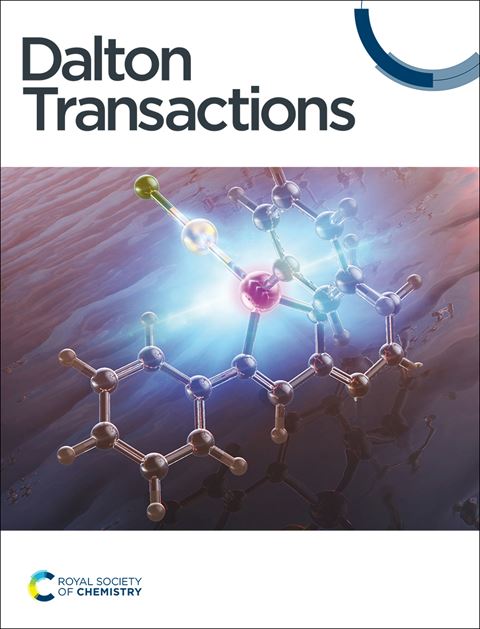Visible light compatible infrared stealth capability based on phase change materials
IF 3.5
3区 化学
Q2 CHEMISTRY, INORGANIC & NUCLEAR
引用次数: 0
Abstract
This paper utilizes thermochromic phase change materials VO2 and GST to design micro-nano structures with temperature-tunable thermal emission characteristics, further controlling their stealth effects in both visible light and infrared backgrounds. Initially, an infrared stealth structure based on GST is proposed. By exploring its crystalline (aGST) and amorphous (cGST) states, the optimal thickness of GST is determined to be 250 nm. The structures corresponding to aGST and cGST exhibit emissions of 0.24 and 0.24 respectively at the atmospheric window of 3-5 μm, and 0.03 and 0.15 at 8-14 μm. These low emission capabilities aid in achieving infrared stealth. In the non-atmospheric window of 5-8 μm, the emissions are 0.06 and 0.76, which can help reduce heat loss at low temperatures and radiate energy at high temperatures, thus optimizing the stealth effect. Subsequently, a ZnS layer is added on top to regulate structural color. By scanning the thickness of ZnS under different states of GST, we investigate the chromaticity coordinates of the structure in amorphous, crystalline, and mixed states with varying crystal proportions. From the perspective of infrared emissivity, the feasibility of visible light stealth is studied. A ZnS layer thickness of 150 nm is selected as the optimal parameter, determining the infrared emissivity for both states. The structures corresponding to aGST and cGST exhibit emissions of 0.17 and 0.22 at the atmospheric window of 3-5 μm, and 0.03 and 0.20 at 8-14 μm. The low emission capabilities help achieve infrared stealth, while the emissions within the non-atmospheric window of 5-8 μm are 0.10 and 0.77. Resonance absorption reasons are explained by calculating normalized electric field and energy dissipation intensity. Finally, a VO2 layer is added. Due to the reversible nature of the VO2 phase change, two phase change materials at different temperatures result in four states. The thickness of the VO2 layer is varied to explore the infrared emissivity under different states. This paper primarily focuses on designing dynamically tunable micro-nano structures by combining phase change materials, achieving precise control over reflection and emission characteristics in both visible light and infrared bands, thus providing more possibilities for stealth technology.求助全文
约1分钟内获得全文
求助全文
来源期刊

Dalton Transactions
化学-无机化学与核化学
CiteScore
6.60
自引率
7.50%
发文量
1832
审稿时长
1.5 months
期刊介绍:
Dalton Transactions is a journal for all areas of inorganic chemistry, which encompasses the organometallic, bioinorganic and materials chemistry of the elements, with applications including synthesis, catalysis, energy conversion/storage, electrical devices and medicine. Dalton Transactions welcomes high-quality, original submissions in all of these areas and more, where the advancement of knowledge in inorganic chemistry is significant.
 求助内容:
求助内容: 应助结果提醒方式:
应助结果提醒方式:


